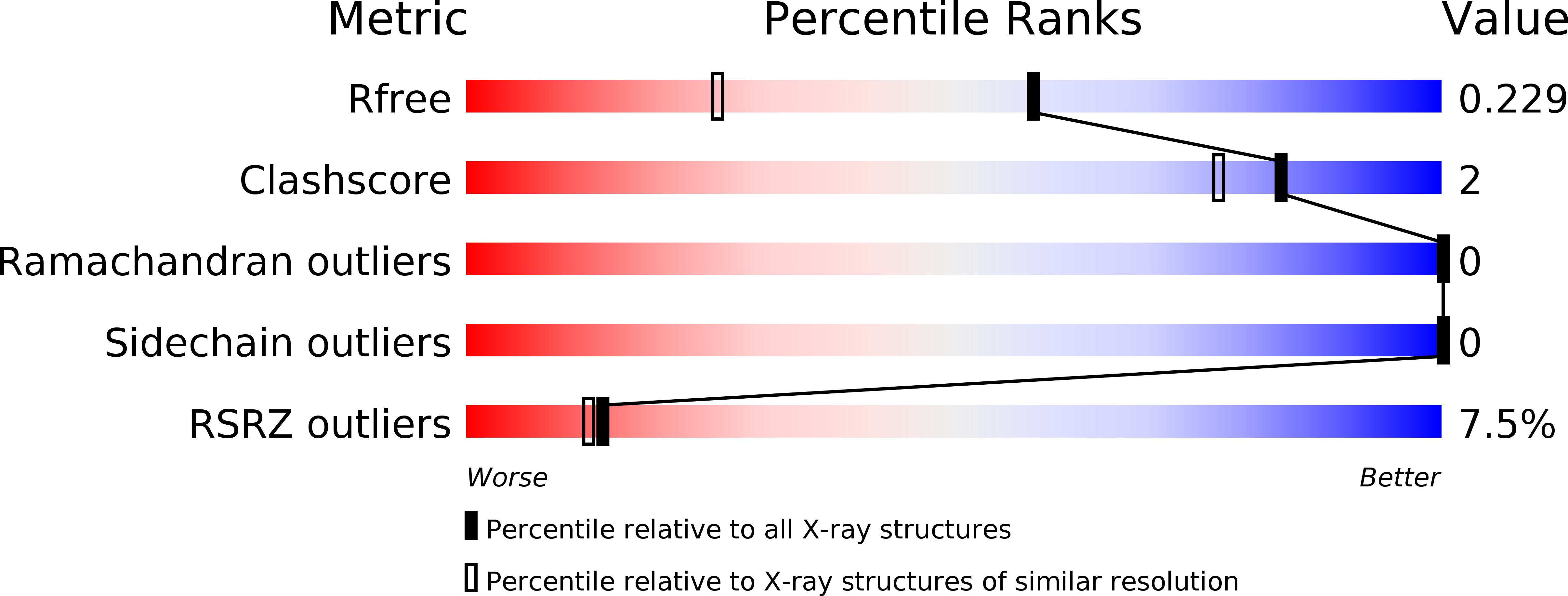
Deposition Date
2019-04-30
Release Date
2020-06-17
Last Version Date
2024-11-06
Entry Detail
PDB ID:
6RK8
Keywords:
Title:
Fragment AZ-014 binding at the p53pT387/14-3-3 sigma interface
Biological Source:
Source Organism:
Homo sapiens (Taxon ID: 9606)
Host Organism:
Method Details:
Experimental Method:
Resolution:
1.60 Å
R-Value Free:
0.22
R-Value Work:
0.20
R-Value Observed:
0.20
Space Group:
C 2 2 21


